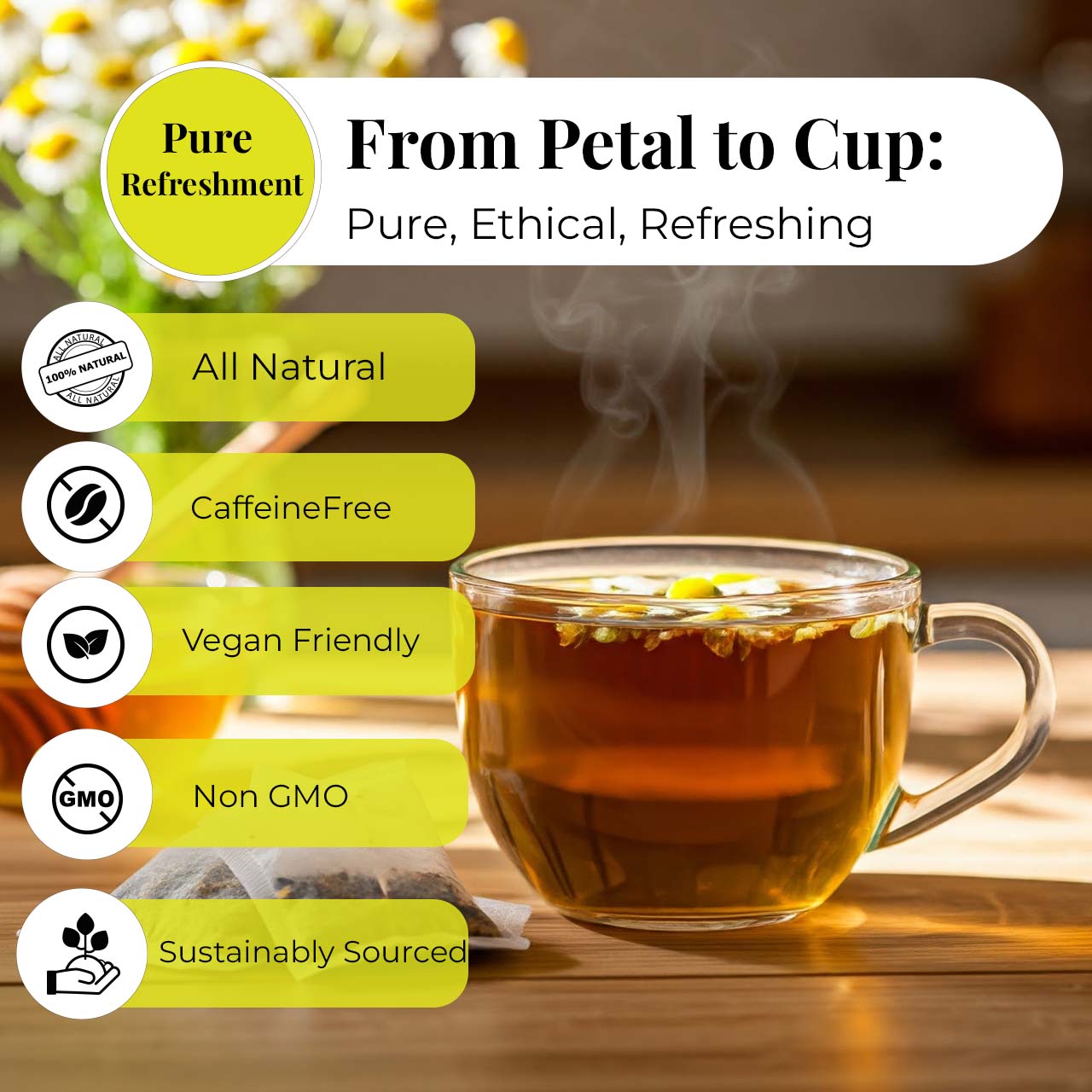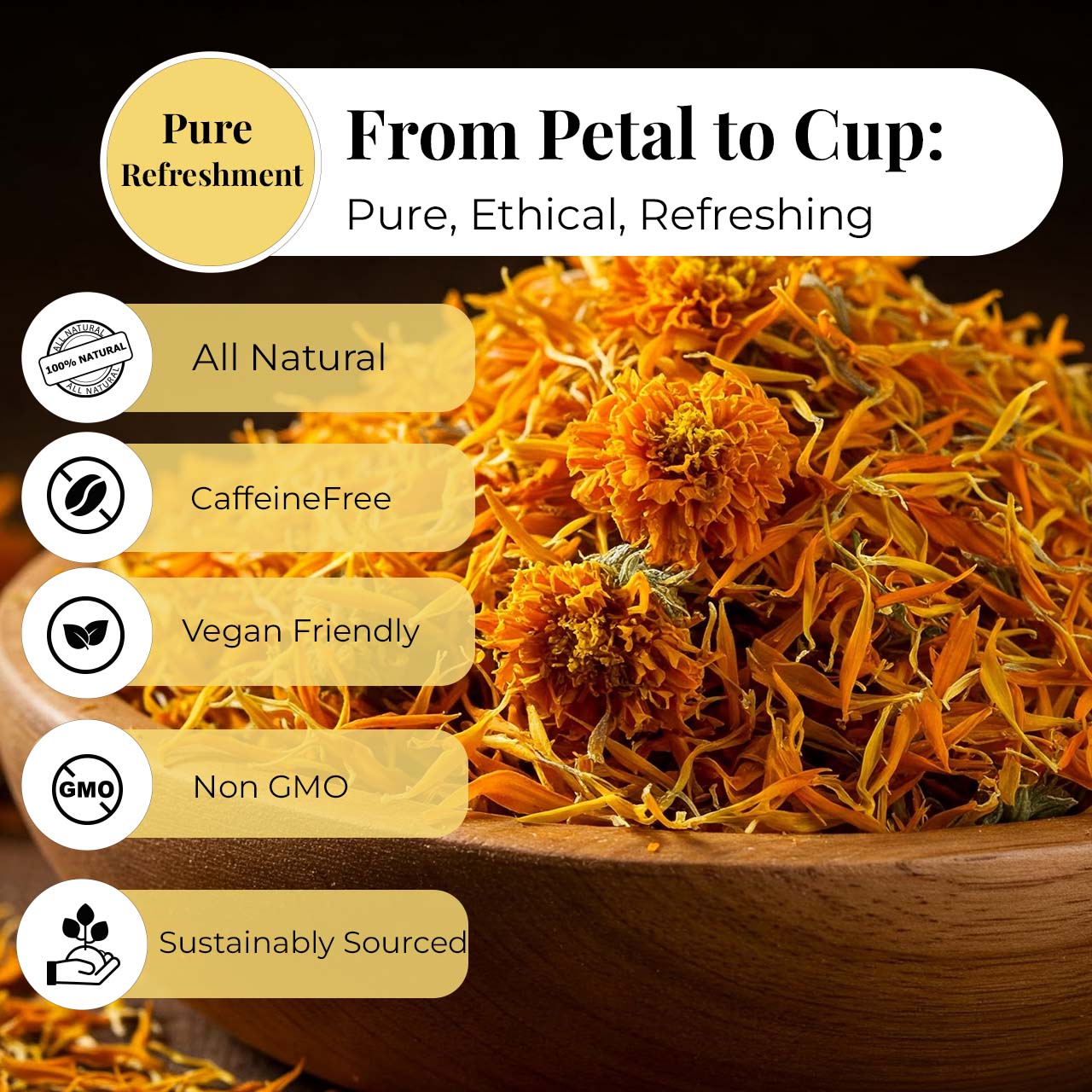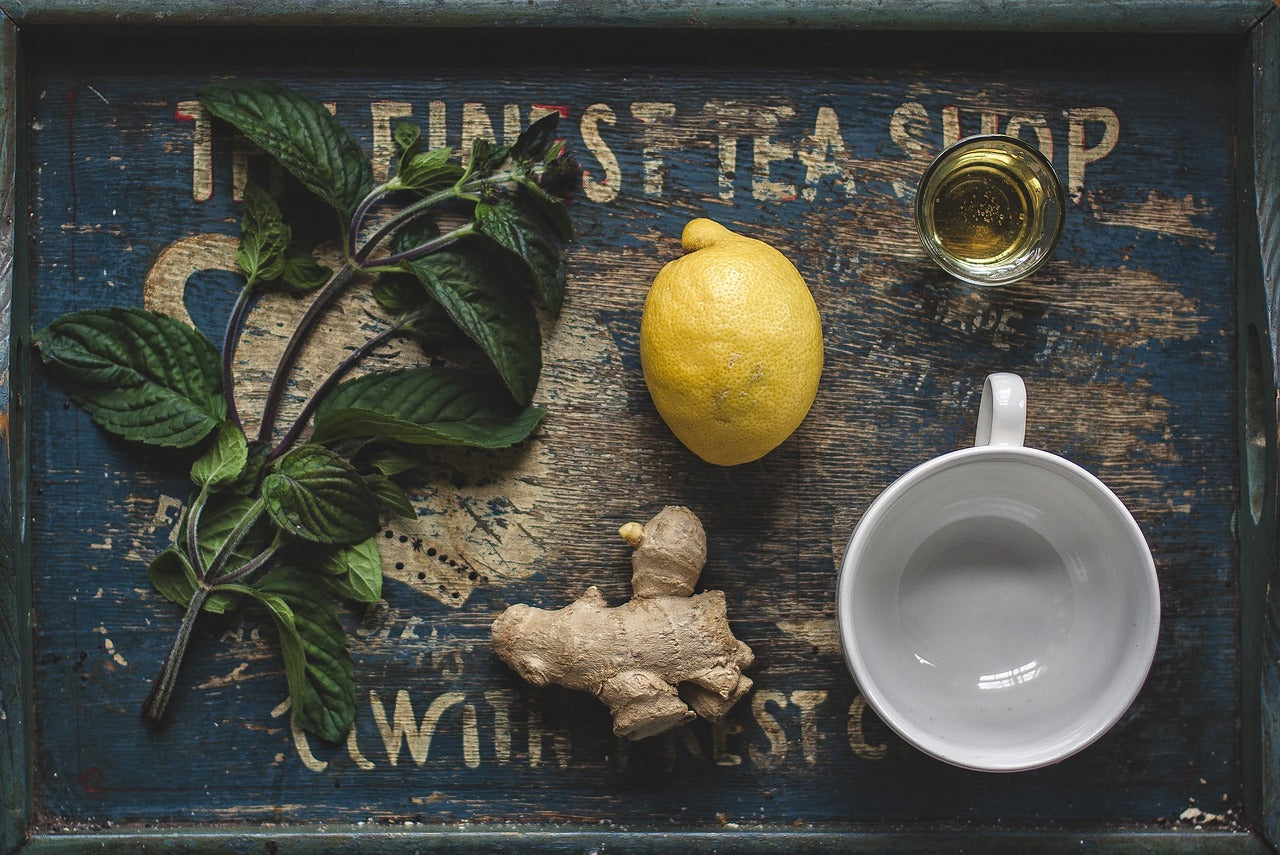More Than Just Seasoning
When you sprinkle dried basil into pasta sauce or oregano onto pizza, you’re doing more than just adding flavor—you’re also boosting your meal with antioxidants, vitamins, and minerals. Drying herbs preserves more than flavor; it preserves health.
Herbs have been a staple in traditional medicine and culinary traditions for thousands of years. From ancient Egyptians using dried coriander to the Romans seasoning food with thyme, herbs have always been valued for both taste and healing power. Today, modern science supports what our ancestors instinctively knew: dried herbs can still pack an impressive nutritional punch.
This article dives into the science of drying herbs, the nutritional benefits they retain, and why adding them to your pantry is one of the simplest health-boosting choices you can make.
The Ancient Practice of Drying Herbs
Herbs were among the earliest plants humans learned to preserve. Before refrigeration, drying was one of the few ways to extend the life of delicate greens. Ancient Greeks and Romans stored herbs in clay jars, while traditional Chinese medicine relied on dried leaves and roots for therapeutic remedies.
Drying herbs wasn’t just about availability—it was about unlocking their medicinal qualities year-round. By removing moisture, people created potent seasonings and remedies that lasted for months without spoiling.
Interestingly, this method has changed little over centuries. While modern dehydrators and ovens make the process quicker, the underlying principle—preserving herbs by reducing moisture—remains the same.
How Drying Herbs Works: Science Behind Preservation
The drying process involves lowering the water content of herbs, making them less prone to bacterial and fungal growth. But here’s the exciting part: this simple process doesn’t just keep herbs from rotting—it can actually protect and concentrate their nutrients.
Moisture Removal and Nutrient Retention
When water is removed, the herb’s structure becomes more compact, and the nutrients are concentrated. For instance, one tablespoon of dried parsley contains more vitamin K than the same amount of fresh parsley.
Enzyme Activity and Shelf Stability
Enzymes in fresh herbs can break down vitamins and phytochemicals over time. Drying slows down enzyme activity, essentially putting the herb in a state of nutritional pause. This is why dried herbs can sit in your spice cabinet for months while still providing flavor and health benefits.
Nutritional Benefits of Dried Herbs
Dried herbs aren’t just flavor enhancers—they’re nutrition boosters. While some water-soluble vitamins like vitamin C may reduce during drying, other nutrients actually become more concentrated and stable.
Antioxidants: Powerful Free Radical Fighters
Many herbs contain antioxidants like flavonoids and polyphenols. Drying concentrates these compounds, allowing them to fight oxidative stress more effectively. For example, dried oregano is considered one of the richest antioxidant sources in the spice world.
Concentrated Vitamins and Minerals
-
Vitamin K: Crucial for bone health and blood clotting, found abundantly in dried parsley and basil.
-
Iron: Dried thyme and oregano provide a surprising boost of iron for energy and oxygen transport.
-
Calcium: Herbs like dried sage and basil add a plant-based source of this essential mineral.
Phytochemicals and Immune Support
Compounds such as carvacrol in oregano and rosmarinic acid in rosemary offer antimicrobial and anti-inflammatory effects. These phytochemicals remain active even after drying, supporting immunity naturally.
Fresh vs. Dried Herbs: What’s the Real Difference?
Some people assume fresh is always better, but that’s not entirely true. While fresh herbs do provide water-soluble nutrients like vitamin C in higher amounts, dried herbs excel in potency and shelf stability.
Nutritional Comparison Table
| Herb | Fresh (per tbsp) | Dried (per tsp) | Key Nutritional Advantage |
|---|---|---|---|
| Parsley | 5% DV Vitamin C | 150% DV Vitamin K | Concentrated Vitamin K |
| Oregano | Mild antioxidant activity | High antioxidant density | Rich in polyphenols |
| Thyme | Good source of Vitamin A | Concentrated iron & calcium | Mineral powerhouse |
Flavor and Aroma Retention
Dried herbs may lose some delicate top notes, but their earthy, robust undertones often intensify. This is why a pinch of dried oregano can transform a dish, while fresh might need a larger handful.
Top 7 Dried Herbs and Their Health Benefits
Not all dried herbs are equal when it comes to nutritional density. Some truly stand out for their medicinal properties, flavor, and versatility in the kitchen. Here are the top seven worth keeping stocked in your pantry.
1. Dried Oregano
Oregano is more than a pizza topping—it’s a powerhouse of nutrition.
-
Nutritional Profile: Packed with antioxidants like carvacrol and thymol, oregano has antimicrobial properties that can help protect against infections.
-
Health Benefits:
-
Supports respiratory health
-
Enhances immune response
-
May improve gut health by balancing bacteria
-
-
Culinary Use: Sprinkle into tomato sauces, marinades, or roasted vegetables.
2. Dried Basil
Basil is well-loved for its sweet, slightly peppery flavor, but dried basil also retains essential oils and minerals.
-
Nutritional Profile: Contains vitamin K, manganese, and iron.
-
Health Benefits:
-
Anti-inflammatory effects from eugenol
-
May reduce oxidative stress
-
Supports heart health
-
-
Culinary Use: Perfect in pasta sauces, soups, or even herbal teas.
3. Dried Rosemary
Known for its distinctive pine-like aroma, rosemary is one of the most antioxidant-rich herbs.
-
Nutritional Profile: Rich in rosmarinic acid, vitamin A, and calcium.
-
Health Benefits:
-
Boosts memory and concentration
-
May improve circulation
-
Supports liver detoxification
-
-
Culinary Use: Works beautifully in roasted meats, potatoes, and bread.
4. Dried Thyme
Thyme may be tiny in size but delivers big health advantages.
-
Nutritional Profile: High in vitamin C, iron, and dietary fiber.
-
Health Benefits:
-
Natural antimicrobial properties (often used in natural cleaning)
-
May ease coughs and sore throats
-
Supports bone health through vitamin K and calcium
-
-
Culinary Use: Adds depth to soups, stews, and grilled dishes.
5. Dried Mint
Mint isn’t just for tea—it’s a soothing herb with a cooling effect.
-
Nutritional Profile: Contains menthol, vitamin A, and antioxidants.
-
Health Benefits:
-
Aids digestion and relieves bloating
-
Can freshen breath naturally
-
May reduce mild headaches when consumed regularly
-
-
Culinary Use: Delicious in teas, desserts, and Middle Eastern dishes.
6. Dried Parsley
Often underestimated as just a garnish, parsley is a nutritional powerhouse when dried.
-
Nutritional Profile: Extremely rich in vitamin K and vitamin A.
-
Health Benefits:
-
Promotes healthy bones
-
Supports eye health
-
Acts as a natural diuretic for detoxification
-
-
Culinary Use: Sprinkle over soups, rice dishes, or marinades.
7. Dried Sage
Sage has been used for centuries as both a culinary and medicinal herb.
-
Nutritional Profile: Contains vitamin K, iron, and essential oils like camphor.
-
Health Benefits:
-
Supports memory and cognitive function
-
May balance cholesterol levels
-
Has natural antibacterial qualities
-
-
Culinary Use: Complements poultry, stuffing, and butter sauces.
Culinary Uses: Getting the Best from Dried Herbs
Dried herbs are more concentrated than fresh, so a little goes a long way. Typically, 1 teaspoon of dried herbs equals 1 tablespoon of fresh herbs.
Cooking Techniques
-
Add early in cooking: Dried herbs release flavor slowly, so add them during simmering or roasting.
-
Crush before use: Rubbing dried herbs between your fingers before adding them releases essential oils.
Storage Tips for Maximum Freshness
-
Keep herbs in airtight glass jars.
-
Store in a cool, dark cupboard away from sunlight.
-
Use within 6–12 months for best potency.
Drying Methods and Their Nutritional Impact
Different drying methods can affect nutrient retention.
Air Drying
-
Method: Tie herb bundles and hang upside down.
-
Nutrient Impact: Best for preserving flavor and delicate compounds.
Oven Drying
-
Method: Spread herbs on a baking sheet, dry at low heat (below 95°F/35°C).
-
Nutrient Impact: Faster, but may cause some nutrient loss if overheated.
Dehydrator Drying
-
Method: Uses consistent low heat and airflow.
-
Nutrient Impact: Retains most antioxidants and phytochemicals.
FAQs About Dried Herbs
1. Do dried herbs lose their nutrients?
Not entirely. While some vitamin C is reduced, most antioxidants, minerals, and phytochemicals remain concentrated in dried herbs.
2. Are dried herbs as healthy as fresh herbs?
Yes, and sometimes even healthier. Dried herbs often have higher concentrations of certain nutrients like vitamin K and antioxidants.
3. How long can I store dried herbs?
Most dried herbs last 6 to 12 months if stored properly. After that, they may lose potency but are still safe to consume.
4. Can I dry herbs at home without special equipment?
Absolutely. You can air dry herbs in a warm, well-ventilated space or use your oven on low heat.
5. Which dried herb has the most antioxidants?
Oregano is considered the champion, with extremely high antioxidant activity.
6. Do dried herbs help with weight loss?
They can indirectly support weight management by enhancing flavor, allowing you to use less salt and sugar in cooking.
Conclusion: A Small Habit with Big Benefits
Drying herbs isn’t just a convenient way to stock your spice rack—it’s a way of preserving nature’s pharmacy. These herbs not only flavor your meals but also deliver concentrated nutrition that supports immunity, digestion, heart health, and more.
By making dried herbs a regular part of your cooking, you’re taking a small step toward a healthier lifestyle with big, long-lasting benefits.






























